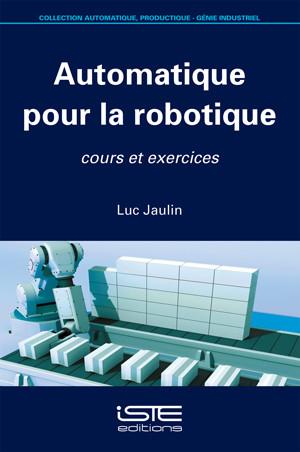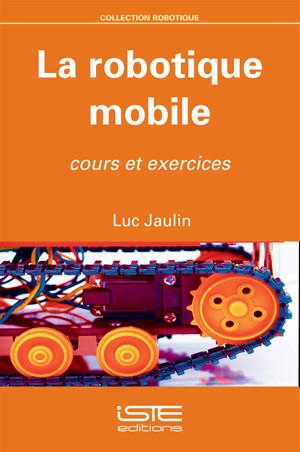
A discipline that is in full development, propelled by the rise of autonomous mobile robotics – notably drones – automation has the objective of designing controls capable of working within an existing dynamic system (automobile, airplane, economic system, etc.). The resulting controlled system is thus constructed by looping a physical system activated and equipped with […]
A discipline that is in full development, propelled by the rise of autonomous mobile robotics – notably drones – automation has the objective of designing controls capable of working within an existing dynamic system (automobile, airplane, economic system, etc.). The resulting controlled system is thus constructed by looping a physical system activated and equipped with sensors using smart electronics. While the initial system only obeyed the laws of physics, the evolution of the looped system also obeyed an IT program embedded in the control electronics.
In order to enable a better understanding of the key concepts of automation, this book develops the fundamental aspects of the field while also proposing numerous concrete exercises and their solutions. The theoretical approach that it presents fundamentally uses the state space and makes it possible to process general and complex systems in a simple way, involving several switches and sensors of different types. This approach requires the use of developed theoretical tools such as linear algebra, analysis and physics, generally taught in preparatory classes for specialist engineering courses.
1. Modeling.
2. Simulation.
3. Linear Systems.
4. Linear Control.
5. Linearized Control.


